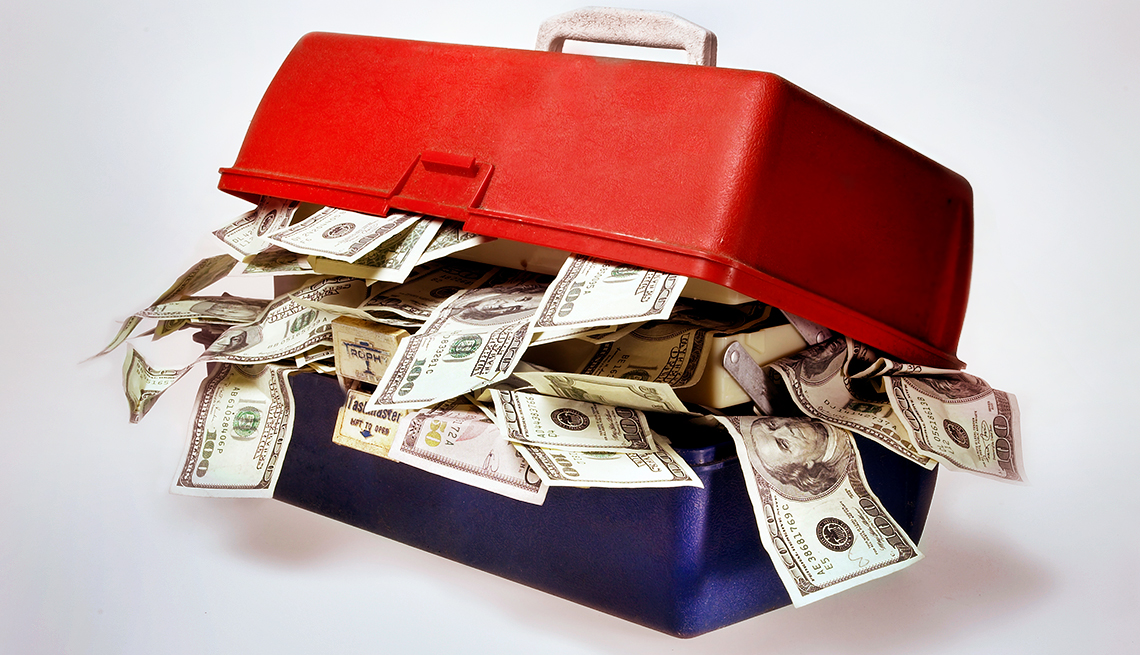Play all audios:
TALK TO YOUR TAX PROFESSIONAL — SOON. While the tax filing season is about to kick off on Jan. 29, it’s not too early to think about your tax liability for 2018. That’s especially true for
filers who will still itemize, large families that will lose personal exemptions and individuals who will feel the effects of the elimination of popular tax breaks. “Just because someone is
saying you’re going to get an extra $100 a paycheck doesn’t mean you’ll get to keep it,’’ says New York-based CPA Anil Melwani. TAKE FEWER EXEMPTIONS. Residents of New York, New Jersey,
California and other high-tax states may no longer be able to fully deduct property taxes and state and local income taxes. With those deductions now capped at a combined $10,000, many could
face higher tax bills. “It can’t hurt to have a little more income withheld to reduce your tax bill next year,’’ Melwani says. REVIEW ESTIMATED TAXES. Business owners and the self-employed
generally pay estimated quarterly taxes. They should review what they owe before first-quarter taxes are due April 17. Depending on their business status, some will owe much less. But others
may not. “As long as you pay 75 percent to 90 percent of what you owe, the IRS won’t penalize you, but it does affect how much you are going to pay yourself as an owner-employee,’’ Melwani
says. CONSIDER CONVERTING YOUR BUSINESS STATUS. Some independent contractors and small-business sole proprietorships and partnerships have been taxed based on the owner’s personal rate,
which was as high as 39.6 percent. Under the new law, some small businesses could be taxed at a far lower rate. So it may make sense for eligible business owners to convert their corporate
status to the type of entity that qualifies for the lower tax rate.

